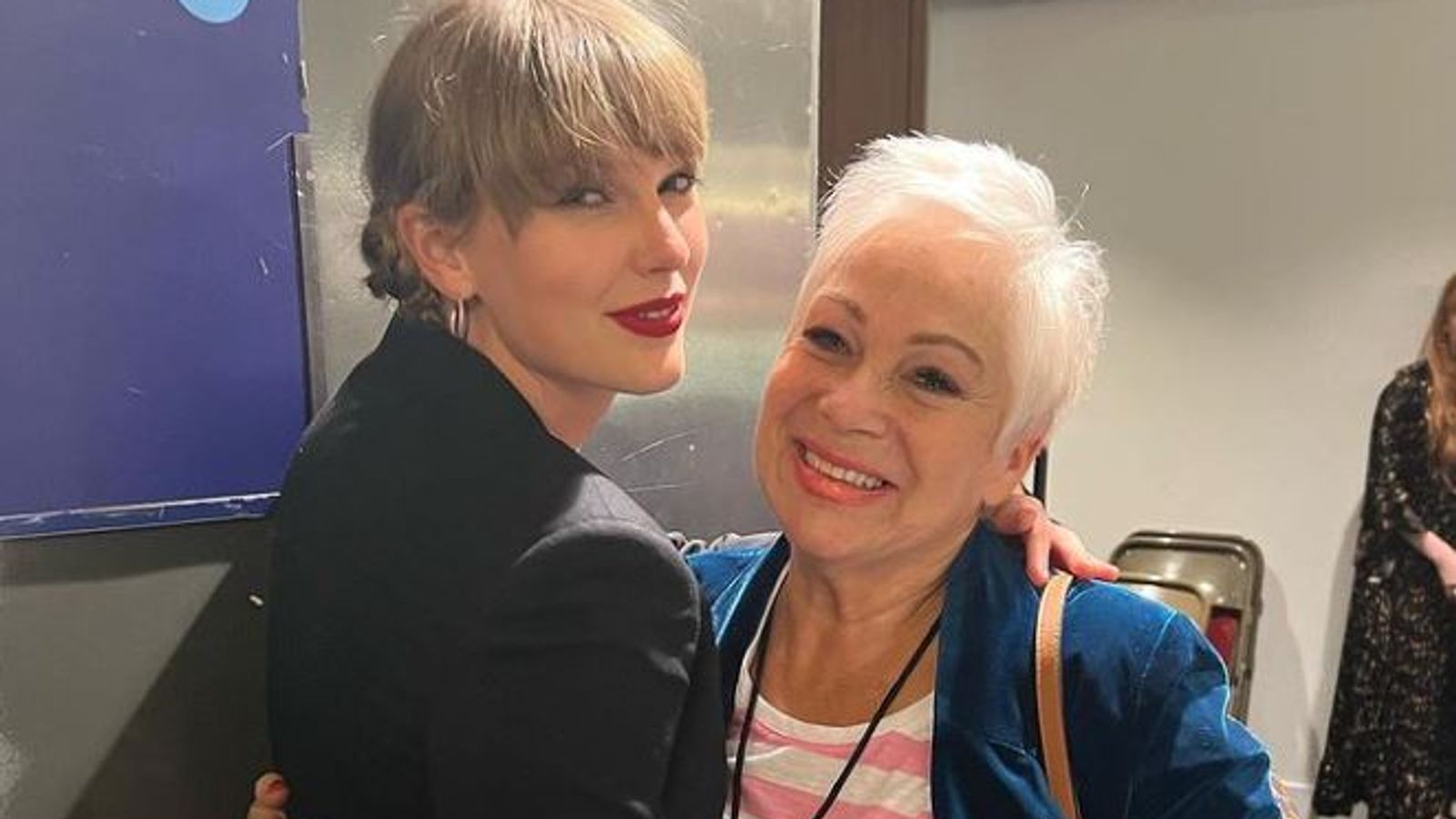The future of commercial king salmon trolling in southeast Alaska has been thrown into doubt after a court ruled on the threat it poses to the protected fish and endangered killer whales that eat them.
Trolling involves dragging a baited line through the water and the valuable industry supports around 1,500 fishing jobs.
Wild Fish Conservancy, the organization that brought the lawsuit, heralded the decision as the most significant government action in decades to provide more food for starving orcas.
The group said it would also help struggling king salmon populations along the West Coast to recover, as most of the salmon caught in Southeast Alaska spawn in rivers to the south.
King salmon is the largest and most expensive of the Pacific salmon species, and the southeast Alaska troll fishery provides them to restaurants and grocery stores around the world.
But fishing organizations condemned the ruling, saying it threatens the region with economic disaster and would do little or nothing to benefit orcas. The state of Alaska quickly announced an appeal.
“If they can’t fish 10 months of the year – the two most productive seasons of the year – it’s going to be devastating,” Amy Daugherty, executive director of the Alaska Trollers Association, said Wednesday. “Southeast Alaska has always been very fish dependent.”
Number of dead ‘continues to rise’ after 129 killed due to torrential rainfall in Rwanda
Climate protesters use Spice Girls and Shakespeare to disrupt Barclays AGM
Hot water pipes could help Britons kick gas boilers – as the UK looks for a low carbon way to warm up homes
On Tuesday, U.S. District Judge Richard Jones in Seattle ordered the National Marine Fisheries Service to carry out a new that is a prerequisite for the fishery to be allowed to happen.
The decision threatens to prevent the important summer and winter king salmon seasons, with the summer season starting on 1 July just around the corner.
Officials in California and much of Oregon cancelled commercial and more recreational king salmon fishing off in April for the second time in 15 years, after the fish returned in near record-low numbers to California’s rivers.
Please use Chrome browser for a more accessible video player
Fishing groups anticipated the ruling for months, and the Alaska Longline Fishermen’s Association has been preparing for a new draft biological opinion, said Linda Behnken, the agency’s director.
The industry is hoping it will be released in time to allow fishing this year, or that the judge’s decision is put on hold pending appeal.
Workers on boats, at fish processers of supporting businesses such as fuel stations and grocery stores in southeast Alaska are waiting to see if the season will go ahead or whether they must find work elsewhere this summer.
“All we can say at this point is that we are reviewing the ruling and considering next steps,” NOAA Fisheries spokesman Michael Milstein said in a statement.
Click to subscribe to ClimateCast with Tom Heap wherever you get your podcasts
“There is so much stress in the lives of every family that relies on this industry,” Ms Behnken said. “We’re in a real quandary until we know whether we can have a fishery.”
Emma Helverson, executive director of Wild Fish Conservancy, said she was sympathetic to the communities’ plight and hopes the government will make emergency funding available to support them. But she also said the industry had long overharvested the fish, also known as Chinook.
“Chinook populations are crashing coast-wide, and we need a coastal recovery effort,” she said.
They also form the majority of the diet for endangered orcas in the waters between Washington state and Canada.
Overfishing, dams, development and pollution, have left chinook runs in the Northwest at a small fraction of their historical numbers.
That has had a knock-on impact on local orcas, with just 73 remaining, inbreeding a severe problem, and scientists warning of extinction.
Watch the Daily Climate Show at 3.30pm Monday to Friday, and The Climate Show with Tom Heap on Saturday and Sunday at 3.30pm and 7.30pm.
All on Sky News, on the Sky News website and app, on YouTube and Twitter.
The show investigates how global warming is changing our landscape and highlights solutions to the crisis.










